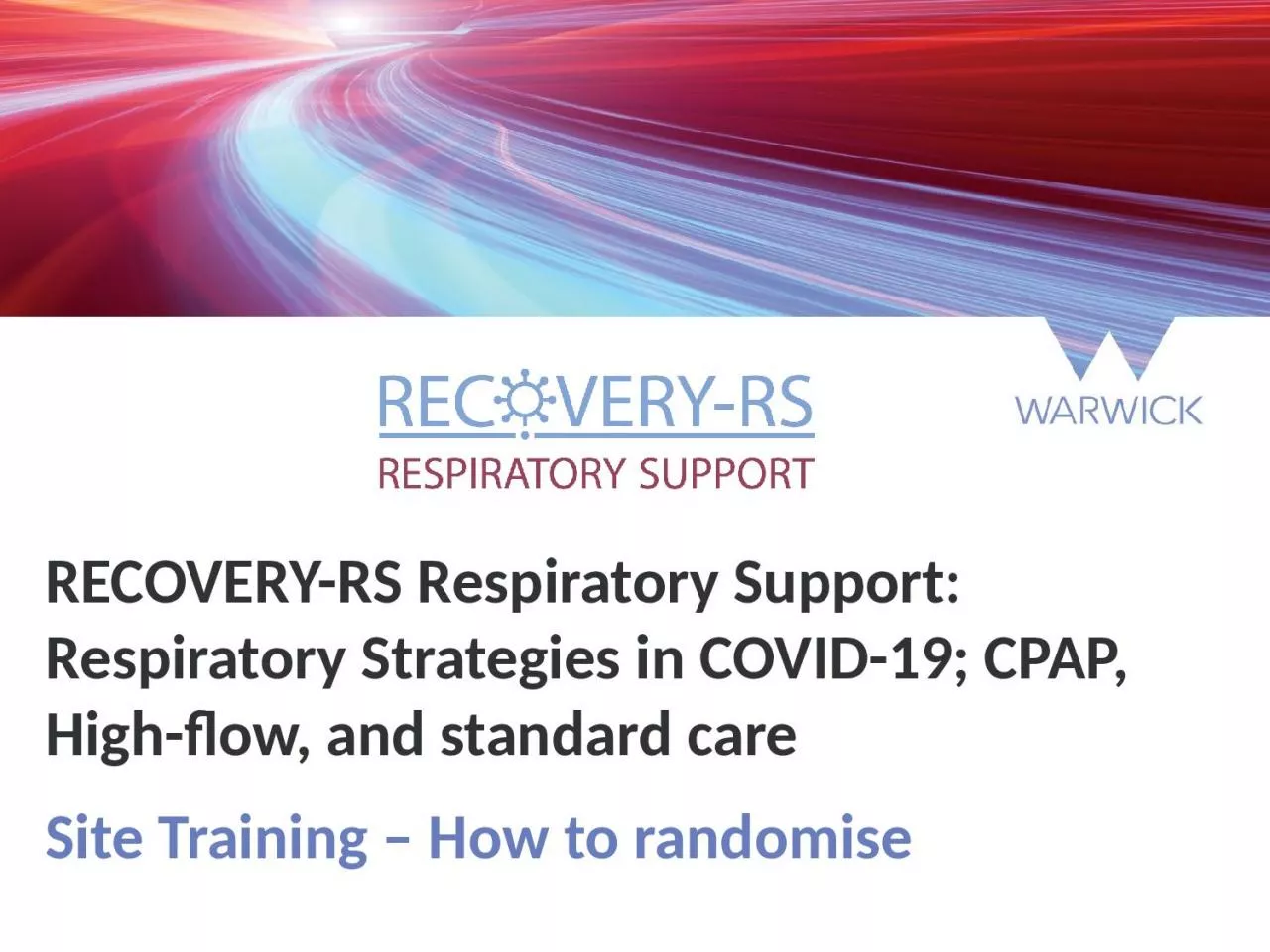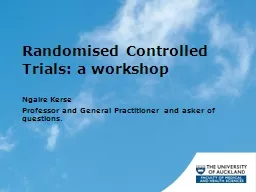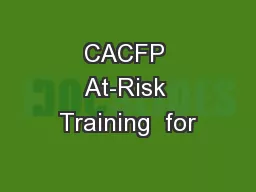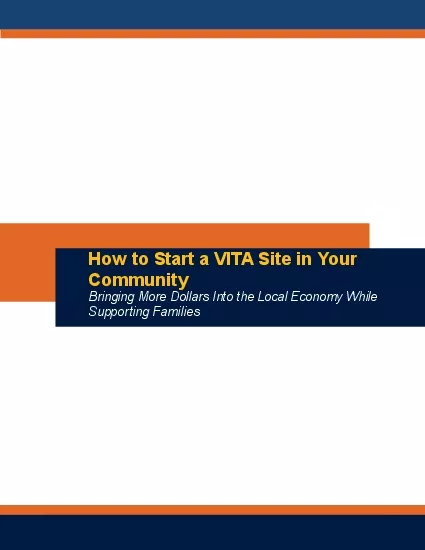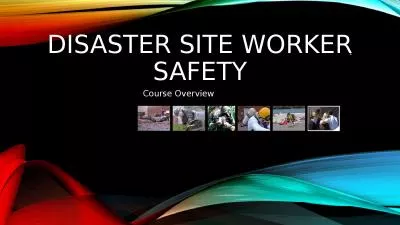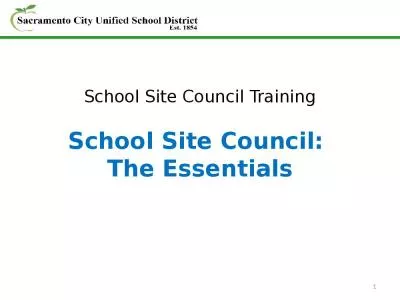PPT-Site Training – How to randomise
Author : WiseWhale | Published Date : 2022-07-28
RECOVERYRS Respiratory Support Respiratory Strategies in COVID19 CPAP Highflow and standard care Acknowledgements Eligibility Inclusion criteria Adults 18 years
Presentation Embed Code
Download Presentation
Download Presentation The PPT/PDF document "Site Training – How to randomise" is the property of its rightful owner. Permission is granted to download and print the materials on this website for personal, non-commercial use only, and to display it on your personal computer provided you do not modify the materials and that you retain all copyright notices contained in the materials. By downloading content from our website, you accept the terms of this agreement.
Site Training – How to randomise: Transcript
Download Rules Of Document
"Site Training – How to randomise"The content belongs to its owner. You may download and print it for personal use, without modification, and keep all copyright notices. By downloading, you agree to these terms.
Related Documents

